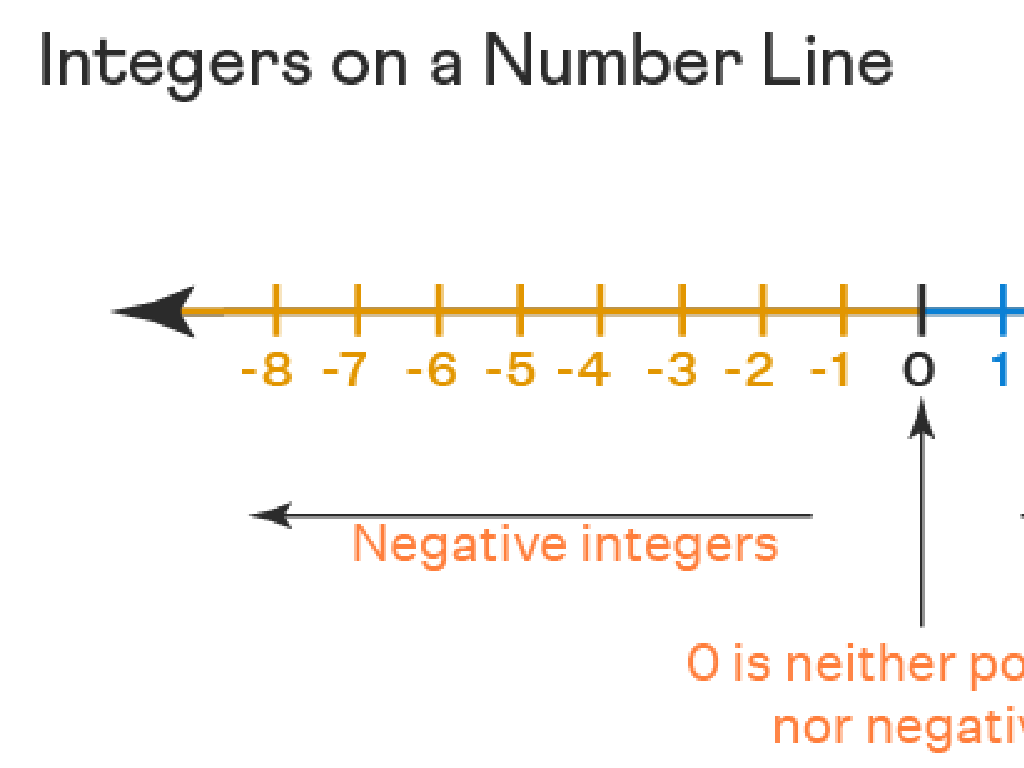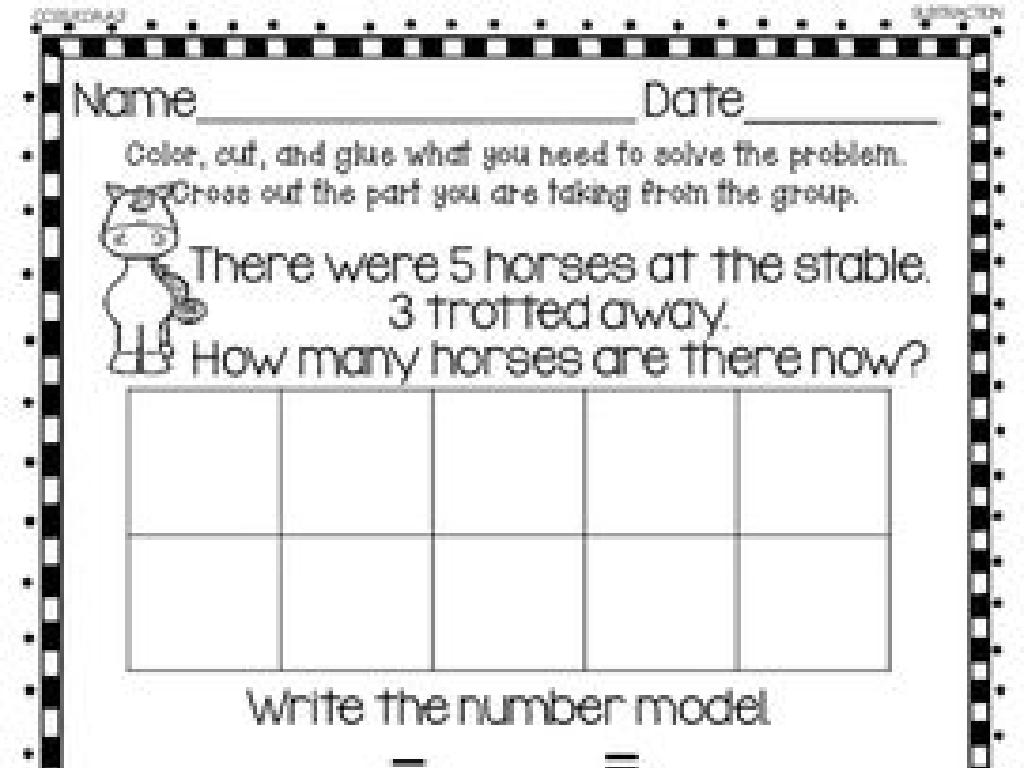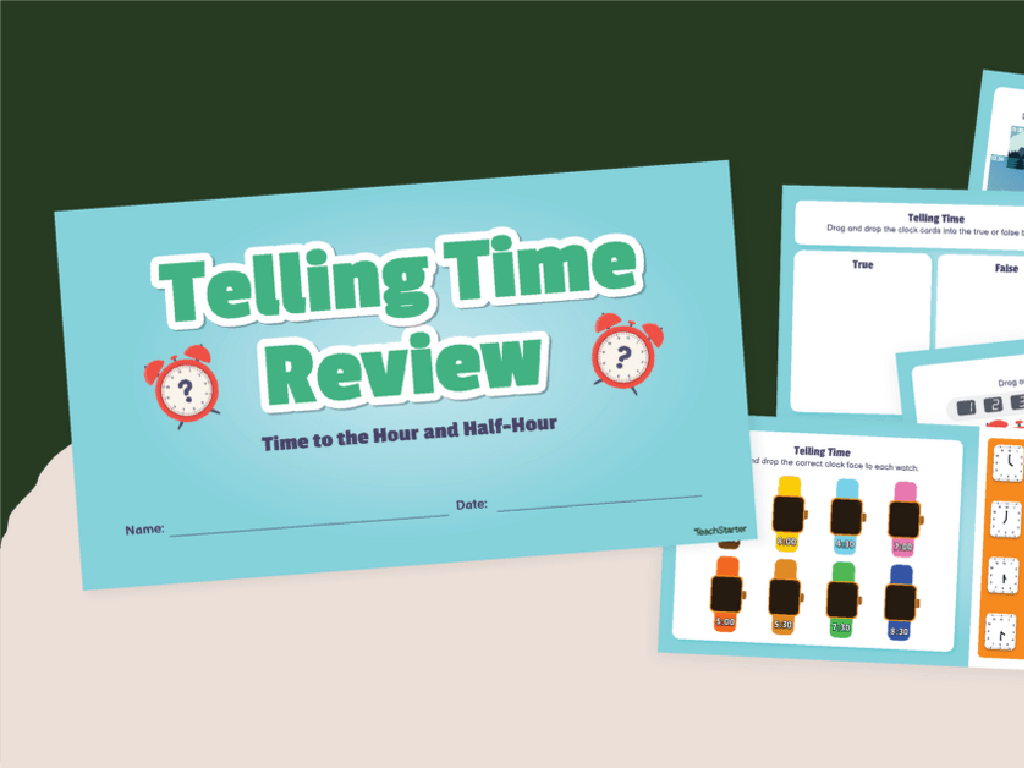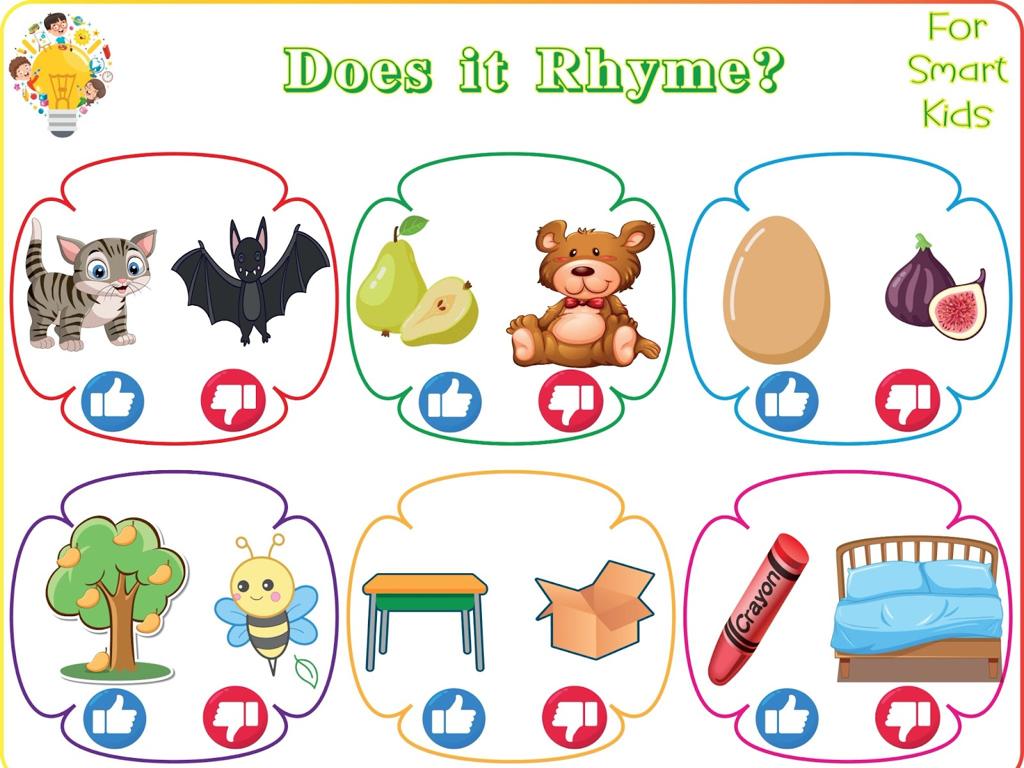The Fourteenth Amendment: Citizenship Freedom And Equality
Subject: Arts and humanities
Grade: High school
Topic: Constitution 108
Please LOG IN to download the presentation. Access is available to registered users only.
View More Content
Exploring the Fourteenth Amendment
– Understanding the 14th Amendment
– Established post-Civil War, it grants citizenship and equal civil/legal rights.
– Historical impact on civil rights
– Key in abolishing slavery and segregation, pivotal in civil rights movements.
– Defining citizenship, freedom, equality
– Citizenship for all born in the U.S., and promises of liberty and equal protection.
– The Amendment’s modern relevance
– Continues to shape debates on equality and justice in contemporary society.
|
This slide introduces the Fourteenth Amendment, a cornerstone of American constitutional law that defines citizenship and guarantees equal protection under the law. It was a transformative addition to the Constitution, particularly in its historical role in extending civil rights to formerly enslaved people and its ongoing impact on issues of equality and justice. The Amendment’s clauses on citizenship, due process, and equal protection have been central to numerous landmark Supreme Court cases. Discuss its significance in the context of the Civil War and Reconstruction, and encourage students to consider its implications in current events, such as debates over immigration and affirmative action.
Historical Context of the 14th Amendment
– Post-Civil War challenges
– The war’s end left questions of freedmen’s rights.
– Reconstruction Era overview
– A period aimed at rebuilding and integrating the South.
– Necessity of the 14th Amendment
– To address citizenship rights and equal protection.
– Impact on citizenship and equality
|
This slide aims to set the stage for understanding the Fourteenth Amendment by exploring the historical context in which it was enacted. After the Civil War, the United States faced the challenge of reintegrating the Confederate states and determining the status of freed slaves. The Reconstruction Era was a pivotal time of transformation, with efforts to rebuild the South and secure civil rights for newly freed African Americans. The Fourteenth Amendment was a crucial legislative step to ensure citizenship rights and equal protection under the law for all Americans, laying the groundwork for future civil rights advancements. Discuss the social and political climate of the time and how the amendment was a response to the pressing issues of the era. Encourage students to consider the long-term effects of the amendment on American society.
The 14th Amendment: Defining Citizenship
– Birthright citizenship in the U.S.
– Granted by the 14th Amendment, citizenship by being born on U.S. soil
– ‘Subject to the jurisdiction thereof’
– Means being governed by U.S. law; not foreign diplomats/officers
– Case study: U.S. v. Wong Kim Ark
– 1898 Supreme Court case affirming citizenship of children born in the U.S. to foreign parents
– Impact on citizenship laws
– Set a precedent for citizenship by birthplace, shaping immigration policy
|
This slide delves into the concept of citizenship as defined by the Fourteenth Amendment, focusing on birthright citizenship and the clause ‘subject to the jurisdiction thereof.’ Highlight the historical significance of the United States v. Wong Kim Ark case, where the Supreme Court ruled that the Fourteenth Amendment guarantees citizenship to nearly all individuals born in the U.S. Discuss the implications of this case on current citizenship laws and its role in shaping the nation’s approach to immigration and equality. Encourage students to consider how this amendment and the associated case law affect their understanding of citizenship and rights within the United States.
The Fourteenth Amendment: Due Process Clause
– Protects individual rights
– Safeguards against unfair governmental actions and laws
– Procedural vs. Substantive Due Process
– Procedural: ‘How’ laws are applied, Substantive: ‘What’ laws are made
– Landmark case: Roe v. Wade
– 1973 case about abortion rights, emphasizing privacy
– Landmark case: Brown v. Board of Education
– 1954 case that ended racial segregation in schools
|
The Due Process Clause in the Fourteenth Amendment is a cornerstone of American constitutional law, providing a guarantee that all levels of American government must operate within the law (‘legality’) and provide fair procedures. The distinction between procedural due process (which focuses on the fair and consistent application of laws) and substantive due process (which concerns the fairness of the laws themselves) is crucial for students to understand. Discussing significant cases like Roe v. Wade and Brown v. Board of Education will help illustrate the impact of the Due Process Clause on American society. These cases show how the Supreme Court has interpreted the Fourteenth Amendment to protect individual rights and promote equality. Encourage students to think critically about how these cases have shaped the legal landscape and societal norms.
The Equal Protection Clause of the 14th Amendment
– Guarantees equal legal protection
– Battles discrimination
– Aims to prevent unfair treatment based on race, gender, etc.
– Landmark case: Loving v. Virginia
– Struck down laws banning interracial marriage
– Landmark case: Obergefell v. Hodges
– Legalized same-sex marriage nationwide
|
The Equal Protection Clause is a pivotal element of the Fourteenth Amendment, ensuring that no state shall deny any person within its jurisdiction the equal protection of the laws. This clause has been the foundation for many significant court cases that have fought against various forms of discrimination. Two landmark cases that highlight the impact of this clause are Loving v. Virginia, which invalidated laws prohibiting interracial marriage, and Obergefell v. Hodges, which extended marriage rights to same-sex couples across the United States. These cases demonstrate the Clause’s role in progressing civil rights and equality. When discussing these cases, emphasize the historical context and the ongoing relevance in today’s society to help students understand the evolution of civil rights.
The Incorporation Doctrine and the 14th Amendment
– 14th Amendment’s application to states
– It ensures states cannot infringe on federal rights.
– Understanding selective incorporation
– Not all rights are automatically applied; courts decide on a case-by-case basis.
– Effects on state laws and policies
– State legislation must align with the rights protected by the Amendment.
– Case studies of incorporation
– Review landmark cases like Mapp v. Ohio (1961) and Gideon v. Wainwright (1963).
|
This slide delves into how the Fourteenth Amendment extends the reach of certain protections in the Bill of Rights to the states through the Incorporation Doctrine. It’s crucial to explain that this doesn’t happen all at once but rather through selective incorporation, where the Supreme Court interprets which rights are fundamental and must be upheld by the states. Discuss the profound impact this has had on state laws and policies, ensuring that state governments cannot enact laws that infringe upon federally protected rights. Use case studies to illustrate the practical application of the doctrine and its significance in shaping state and federal relations.
The Fourteenth Amendment Today
– Relevance in modern society
– Continues to shape laws and policies, ensuring equal protection
– Ongoing legal debates
– Debates over interpretation, especially regarding equal protection and due process
– Recent court case impacts
– Influences outcomes in cases about discrimination, voting rights, etc.
– Current civil rights role
– Central to discussions on gender equality, LGBTQ+ rights, and immigration
|
This slide aims to connect the historical significance of the Fourteenth Amendment with its ongoing impact in contemporary society. Highlight its role in shaping modern laws and policies, ensuring equal protection under the law for all citizens. Discuss how the Amendment is often at the center of legal debates and court cases, particularly those involving issues of discrimination and due process. Provide recent examples of court cases where the Fourteenth Amendment played a crucial role in the verdict. Finally, emphasize its importance in current civil rights discussions, including debates on gender equality, LGBTQ+ rights, and immigration. Encourage students to consider how the Amendment affects their lives and the lives of those around them.
Class Activity: Fourteenth Amendment Debate
– Divide into small groups
– Debate a Fourteenth Amendment case
– Focus on cases like Brown v. Board of Education or Obergefell v. Hodges
– Present group findings
– Discuss perspectives class-wide
– Share different viewpoints and understand the impact of the amendment
|
This activity is designed to engage students in a practical understanding of the Fourteenth Amendment through debate and discussion. By dividing the class into small groups, each group will have the opportunity to deeply analyze a specific case related to the Fourteenth Amendment, such as Brown v. Board of Education, which deals with racial segregation, or Obergefell v. Hodges, which addresses same-sex marriage. Each group will present their findings and their perspectives to the class, fostering a collaborative learning environment. Encourage students to explore the historical context, the arguments presented, and the outcomes of the cases. Provide guidance on effective debate techniques and ensure that each group understands the significance of the amendment in protecting individual rights. Possible activities for different students could include role-playing different historical figures, creating visual aids to support their arguments, or writing a brief summary of the court’s decision and its implications for civil rights.






